Subprime Auto Sales Heat Up
The debate over Detroit’s bailout was dominated by a narrative that portrayed the automakers as victims of Wall Street excess, and placed blame for their collapse on the frozen credit market. And though the credit crunch certainly hurt GM and Chrysler as well as their customers, Detroit was a victim of the credit crunch in the same way an addict is a victim of his dealer. By l everaging easy credit to fuel the SUV boom which covered for unprofitability in passenger cars (or didn’t, as the case may be), Detroit binged on zero-percent financing as the market road confidently to 16m annual sales. And then, finally, the music stopped and the Domestics crumpled, victims of their own greed, but with a convenient scapegoat in the hated Wall Street bankers. But if the bailout was intended to not only get GM and Chrysler back on their feet but also to prevent future collapses, there’s some troubling news in the offing: subprime auto lending is starting to roar back, and if it goes unchecked, it could reach pre-recession levels in short order…
The AP reports on the latest results from Experian’s survey of the credit market,which finds that
The percentage of loans going to subprime buyers rose 8 percent in the third quarter, their first year-over-year increase since 2007, according to a report issued Tuesday by Experian, a credit reporting agency. For new cars, the percentage of loans going to subprime buyers rose 13 percent over the July-September period in 2009. The increase for used cars was 3 percent.
The majority of loans — 63 percent — still going to buyers with prime credit scores, which is defined as a 680 or above. But even that is settling into a more normal pattern. Before the recession, when credit was very loose, just 51 percent of loans were going to prime buyers, according to Melinda Zabritski, director of automotive credit at Experian. Last fall, when credit was tight, 66 percent of loans went to prime buyers.
Another sign that the credit market is thawing: The loans people are getting are covering larger amounts and have longer terms. The average amount financed for new cars rose $2,530, to $25,273, over the third quarter of last year, while the average amount financed for used cars grew $977 to $16,706. The average terms rose by about a month, although the lowest tier buyers — those with scores of 550 or less — saw their terms rise by nearly four months.
Obviously more-available credit is a good thing for companies selling some of the most expensive consumer goods on the market, but an eight percent jump in subprime lending rates, an increase in debt loads and longer loan terms are hardly encouraging in a macroeconomic environment that calls for consumers to de-leverage after a decades-long credit binge. On the plus side, delinquencies have fallen, with 30-day delinquent loans down eight percent and 60-day delinquent loans down 17 percent. Still, thanks to the convenience of its Wall Street scapegoat, the auto industry hasn’t been forced to confront its credit addiction issues, and GM’s rapid purchase of subprime lender Americredit shows that its still eager to cash in on risky finance. The industry needs to watch subprime lending rates carefully or risk collapsing once more if the credit market runs into trouble again.
More by Edward Niedermeyer
Latest Car Reviews
Read moreLatest Product Reviews
Read moreRecent Comments
- Wjtinfwb My comment about "missing the mark" was directed at, of the mentioned cars, none created huge demand or excitement once they were introduced. All three had some cool aspects; Thunderbird was pretty good exterior, let down by the Lincoln LS dash and the fairly weak 3.9L V8 at launch. The Prowler was super cool and unique, only the little nerf bumpers spoiled the exterior and of course the V6 was a huge letdown. SSR had the beans, but in my opinion was spoiled by the tonneau cover over the bed. Remove the cover, finish the bed with some teak or walnut and I think it could have been more appealing. All three were targeting a very small market (expensive 2-seaters without a prestige badge) which probably contributed. The PT Cruiser succeeded in this space by being both more practical and cheap. Of the three, I'd still like to have a Thunderbird in my garage in a classic color like the silver/green metallic offered in the later years.
- D Screw Tesla. There are millions of affordable EVs already in use and widely available. Commonly seen in Peachtree City, GA, and The Villages, FL, they are cheap, convenient, and fun. We just need more municipalities to accept them. If they'll allow AVs on the road, why not golf cars?
- ChristianWimmer Best-looking current BMW in my opinion.
- Analoggrotto Looks like a cheap Hyundai.
- Honda1 It really does not matter. The way bidenomics is going nobody will be able to afford shyt.



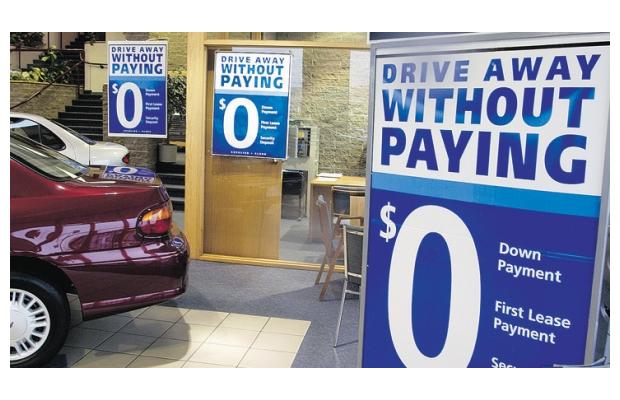
















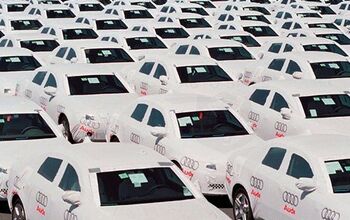
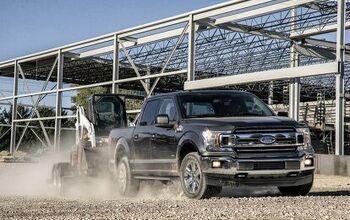
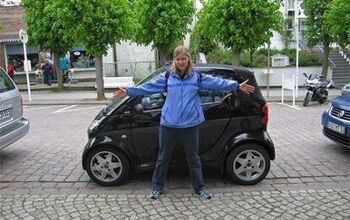
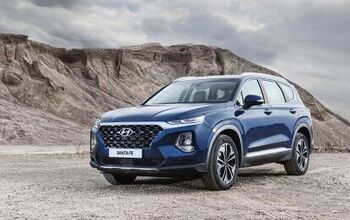










Comments
Join the conversation